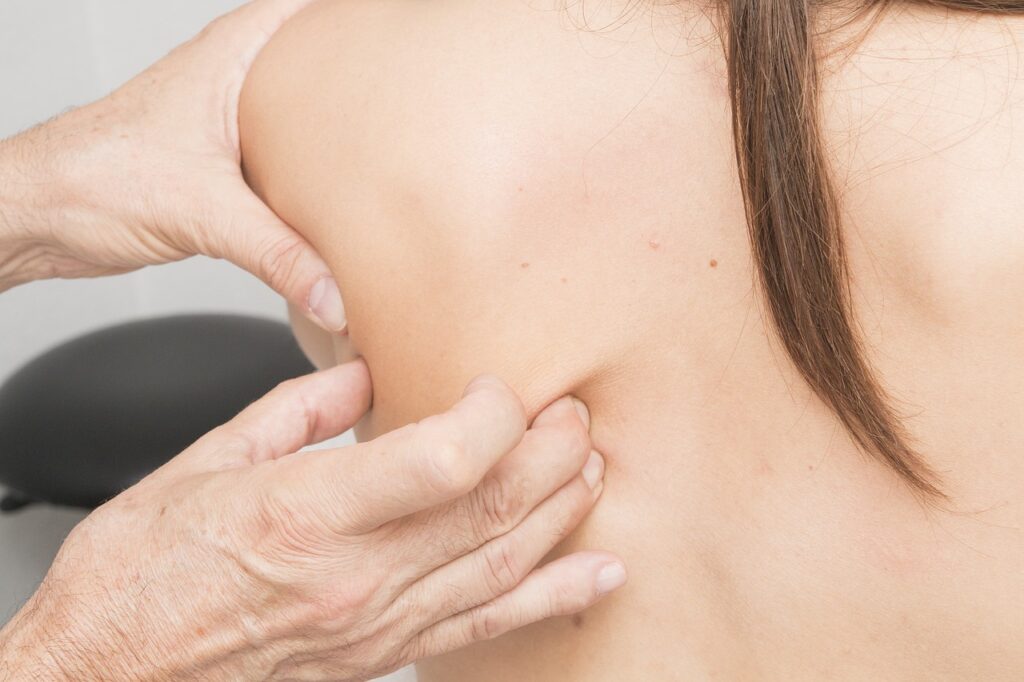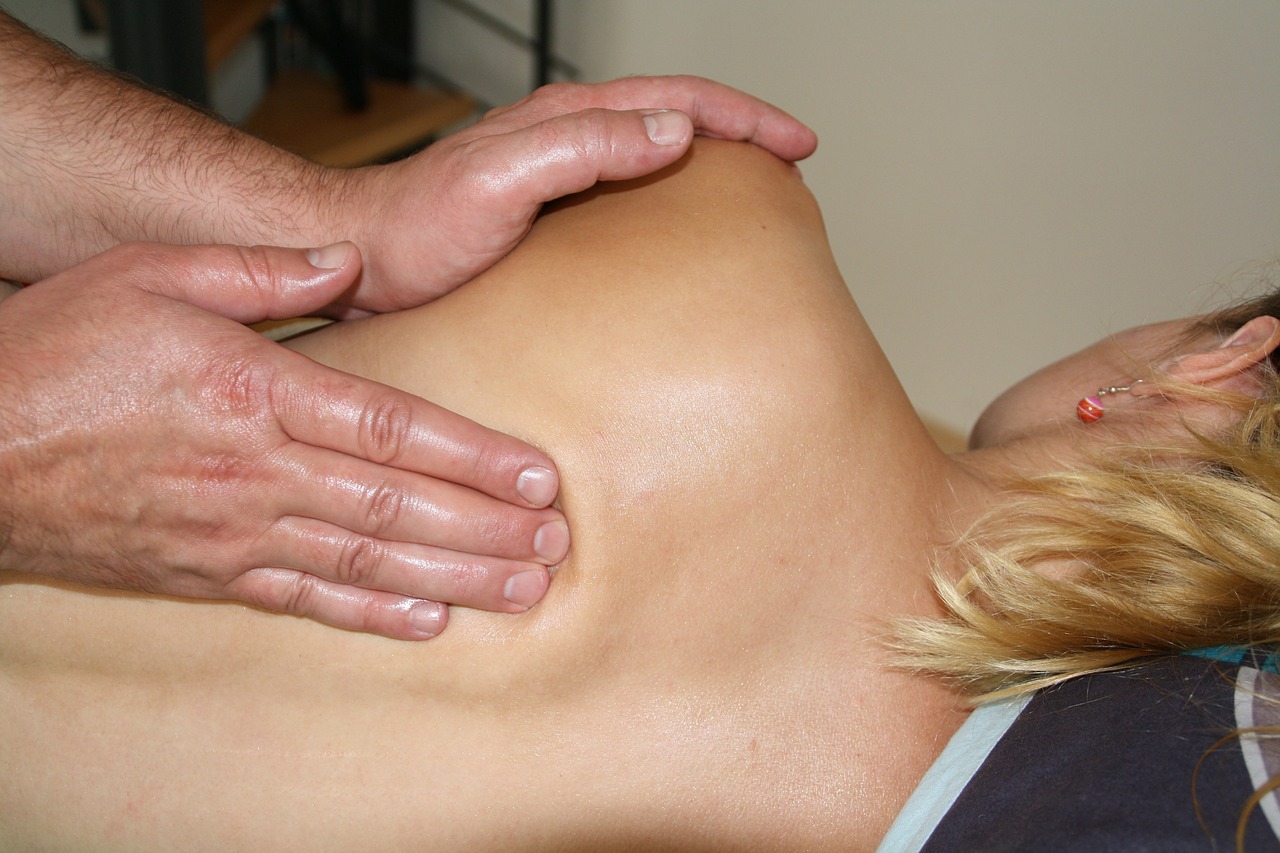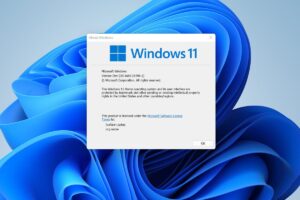Slipped Disc Pain: Navigating the Maze of Discomfort – Dealing with back pain is a common human experience, and for many, the culprit behind the discomfort is a slipped disc. This article will explore the nuances of slipped disc pain, shedding light on symptoms, diagnosis, treatment options, and preventive measures. Whether you’re grappling with this condition or simply curious, let’s dive into the intricacies of slipped disc pain.
Slipped Disc Pain: Navigating the Maze of Discomfort

Symptoms of Slipped Disc
When a disc slips out of its normal position, it can lead to a range of symptoms. These may include localized pain, tingling sensations, and even muscle weakness. The specific symptoms can vary based on the location of the slipped disc in the spine. Understanding these variations is crucial for accurate diagnosis and effective treatment.
Diagnosis of Slipped Disc
Diagnosing a slipped disc involves a combination of medical examinations and imaging techniques. From physical assessments by healthcare professionals to advanced imaging like MRI scans, the diagnostic process ensures a comprehensive understanding of the issue. If you’re experiencing persistent back pain, consulting with a healthcare professional is paramount for an accurate diagnosis.
Risk Factors
Certain factors increase the risk of developing a slipped disc. Lifestyle choices, such as sedentary habits and poor posture, play a significant role. Additionally, age-related changes in the spine can contribute to disc degeneration. Recognizing these risk factors empowers individuals to make informed choices for spinal health.
Treatment Options
Treatment approaches for slipped disc pain range from conservative measures to surgical interventions. Physical therapy, pain management techniques, and lifestyle adjustments form the foundation of non-surgical treatments. In severe cases, surgical procedures may be considered. Understanding the available options allows individuals to make decisions aligned with their unique circumstances.
Preventive Measures
Prevention is often the best medicine. Adopting lifestyle changes, practicing spine-friendly exercises, and maintaining a healthy weight can reduce the risk of developing a slipped disc. Simple yet effective habits can make a significant difference in spinal health, preventing discomfort in the long run.
Living with Slipped Disc
Managing chronic pain requires not just physical but also mental resilience. Coping strategies, support systems, and a positive mindset play crucial roles in navigating the challenges of living with a slipped disc. This section explores the holistic approach to well-being in the face of persistent pain.
Alternative Therapies
Beyond conventional medical treatments, alternative therapies like acupuncture and chiropractic care have gained popularity. While their effectiveness varies, many individuals find relief and support from these complementary approaches. It’s essential to explore these options under the guidance of healthcare professionals.
Slipped Disc in Specific Age Groups
The impact of slipped disc pain differs across age groups. From young adults dealing with early symptoms to seniors managing degenerative changes, tailored approaches are necessary. Understanding the unique challenges faced by different age groups allows for personalized care and effective management.
Famous Cases and Stories
Celebrities and well-known personalities aren’t immune to slipped disc issues. Highlighting their stories not only raises awareness but also provides inspiration for those navigating similar challenges. Learning from the experiences of others can be a source of motivation and resilience.
Myths and Facts
Dispelling myths surrounding slipped discs is crucial for accurate information. From misconceptions about bed rest to the role of exercise, separating fact from fiction enhances awareness. This section addresses common myths and presents evidence-based facts for a clearer understanding.
The Role of Nutrition
Nutrition plays a pivotal role in overall health, including spinal well-being. Certain nutrients support disc health and can contribute to preventing degeneration. Exploring the connection between diet and spinal health provides valuable insights for proactive care.
Latest Research and Innovations
The field of slipped disc research is dynamic, with ongoing advancements and innovations. From promising treatments on the horizon to the latest findings in regenerative medicine, staying informed about the current state of research is essential for those affected by slipped disc pain.
Impact on Daily Life
Slipped disc pain isn’t just a physical challenge; it influences daily activities and routines. From work to recreation, understanding the impact helps individuals develop strategies for maintaining a fulfilling life despite persistent discomfort.
Conclusion
In conclusion, slipped disc pain is a multifaceted challenge that requires a comprehensive approach to management. From accurate diagnosis and personalized treatment plans to preventive measures and lifestyle adjustments, addressing slipped disc pain is a journey that involves both physical and mental well-being. If you or someone you know is dealing with this condition, seeking professional advice is the first step towards relief and resilience.
FAQs
- Can a slipped disc heal on its own?
- While some mild cases may improve with time, severe cases often require medical intervention.
- Are there exercises to avoid with a slipped disc?
- Certain exercises, especially those that involve heavy lifting or intense twisting, should be approached with caution.
- Is surgery the only option for treating a slipped disc?
- No, non-surgical treatments like physical therapy and pain management are often effective.
- Can poor posture contribute to a slipped disc?
- Yes, maintaining proper posture is crucial for spinal health and can help prevent disc-related issues.
- Is slipped disc pain always chronic?
- While some cases resolve with appropriate treatment, others may lead to chronic pain requiring long-term management.




